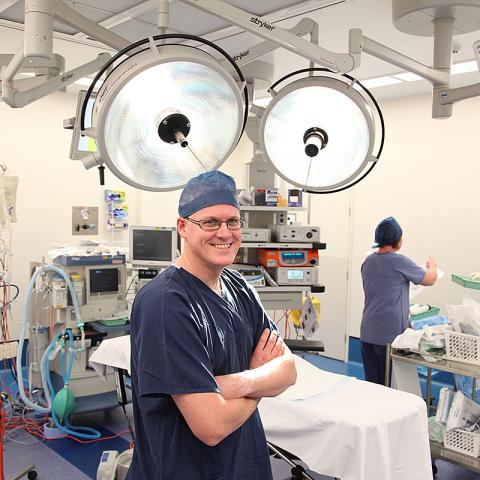What is risk reduction surgery?
Patients with an elevated risk of ovarian (such as Angelina Jolie) or uterine cancer may consider undergoing prophylactic surgery (either laparoscopic removal of the ovaries and tubes or both ovaries, tubes and uterus) to minimise their risk of developing cancer. This surgery is almost always performed laparoscopically (keyhole) or robotically and has proven to be the single biggest factor in reducing the risk of progression to cancer.
Why do this - what about screening?
Unfortunately at present there is no reliable sensitive and specific screening test for ovarian cancer although many are under development. Currently a combination of ultrasound and CA125 is often utilised although the ability of this combination is not well proven to pick up the problem early enough to reliably alter prognosis.
Who is at elevated risk?
Patients with an inherited gene defect such as BRCA 1 or 2 (like Angelina Jolie) are in a higher risk group for ovarian cancer and this may be up to 1 in 2 ( the back ground risk for the average woman is 1 in 70). These women are also at a high risk of developing breast cancer and prophylactic ovarian surgery can also significantly reduce this risk.
Patients with a family history of HNPCC (Hereditary Non Polyposis Colon Cancer) or LYNCH syndrome also have a higher risk of ovarian cancer (1in 10) and uterine cancer (40%) and often benefit from consideration of prophylactic surgery.
Patients with a strong family or personal history of breast and or ovarian cancer particularly in close relatives or multiple family members will also have an elevated risk and after appropriate review and counselling may consider prophylactic surgery to be beneficial. The lack of a good screening test and the silent nature of ovarian cancer in early stages are driving forces for this rationale.

